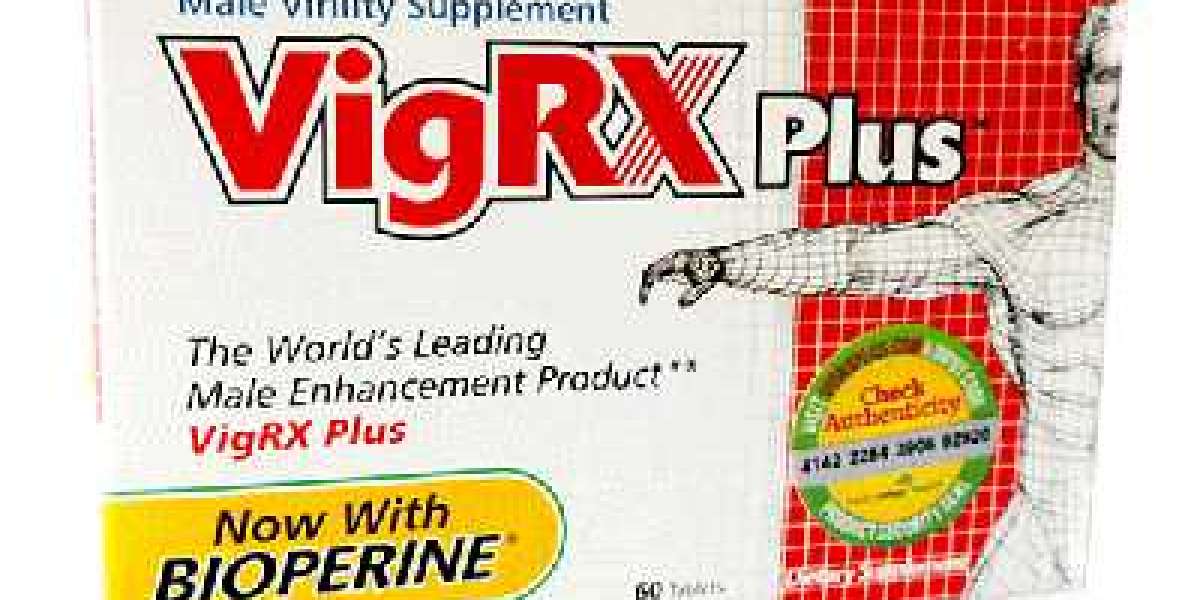Baltimore, with its charming neighborhoods and rich history, also boasts a diverse ecosystem for critters of all shapes and sizes. While squirrels scampering through parks are endearing, unwanted pests invading your home are anything but. From sneaky spiders to persistent pantry raiders, these unwelcome guests can pose health risks, damage property, and disrupt your peace of mind.
This guide equips you with the knowledge to address and prevent pest problems in Baltimore effectively. Read on to identify common offenders, explore natural and professional solutions, and discover resources to navigate the world of local pest control.
Unmasking the Usual Suspects:
Baltimore's climate and diverse environment attract a variety of pests. Here are some of the most common:
- Rodents: Rats and mice seek shelter and food in homes, leaving droppings and potentially gnawing on wires and insulation. Signs of their presence include droppings, gnaw marks, and scurrying sounds.
- Termites: These silent destroyers munch through wood, weakening structures and causing costly damage. Look for mud tubes on walls, hollow-sounding wood, and discarded wings near doors and windows.
- Ants: Pavement ants, carpenter ants, and pharaoh ants are frequent Baltimore visitors. While mostly harmless, they can contaminate food and create unsightly trails.
- Cockroaches: These nocturnal scavengers spread germs and trigger allergies. Signs include droppings, shed skin, and a musty odor.
- Bed bugs: These small, blood-sucking insects hide in seams of mattresses and furniture, causing itchy bites and sleepless nights. Watch for small bloodstains on sheets and live or shed bed bugs in hiding places.
- Mosquitoes: These buzzing nuisances transmit diseases and disrupt outdoor enjoyment. Standing water near your home serves as prime breeding grounds.
- Spiders: While mostly harmless, some Baltimore spiders, like brown recluse and black widows, require caution due to their venomous bites.
Battling the Bugs: DIY vs. Professional Help:
For minor infestations or specific pests, DIY methods can be effective. Sealing entry points, utilizing traps, and employing natural deterrents like peppermint oil or diatomaceous earth are popular options. Remember, DIY methods require diligence and may not be suitable for severe infestations or complex pests like termites.
Professional pest control companies offer targeted solutions, expertise, and ongoing protection. Consider their services for:
- Extensive infestations: Professionals assess the situation, identify the root cause, and implement tailored solutions to eliminate the problem at its source.
- Persistent pests: Certain pests, like bed bugs and termites, require specialized treatment procedures and experience beyond DIY capabilities.
- Preventative measures: Regular professional inspections and preventative treatments can save you from future headaches and costly repairs.
Choosing the Right Baltimore Pest Control Company:
Researching and comparing companies ensures you find a reliable and effective partner. Here are some key considerations:baltimore pest control
- Licensing and insurance: Verify the company holds valid licenses and insurance covering potential damages.
- Experience and expertise: Look for companies with experience in handling your specific pest problems.
- Treatment methods: Understand the options offered, including eco-friendly solutions if desired.
- Reputation and reviews: Check online reviews and testimonials to gauge customer satisfaction.
- Cost and guarantees: Compare different companies' pricing and service packages, and inquire about guaranteed results.
Be Nature's Friend, Be Pest-Free:
Beyond professional help, implementing preventive measures around your home can significantly reduce pest incursions. Here are some tips:
- Seal potential entry points: Cracks around windows, doors, and pipes are attractive entry points. Seal them with caulk or weather stripping.
- Control moisture: Fix leaky faucets, eliminate standing water sources, and maintain proper ventilation to reduce moisture buildup, which attracts many pests.
- Store food properly: Keep pantry items in sealed containers and regularly clean spills and crumbs.
- Trim vegetation: Maintain a trim yard and eliminate branches touching your home, as these provide easy access for climbing pests.
- Dispose of garbage properly: Securely seal and regularly empty trash cans to avoid attracting scavengers.








